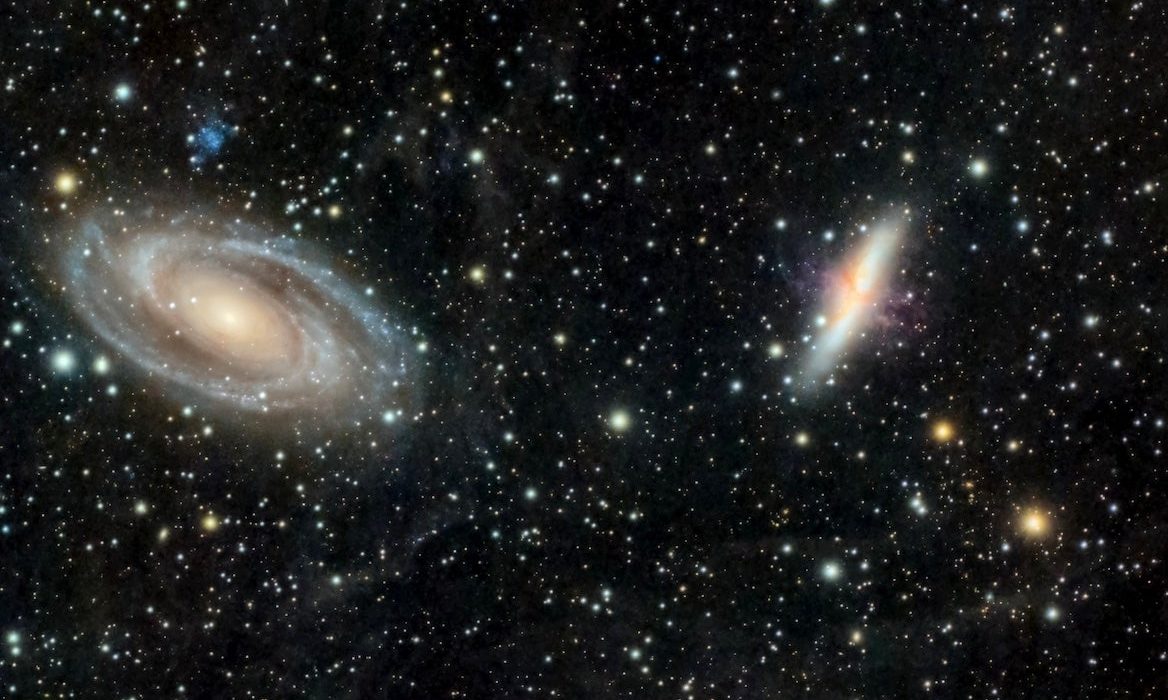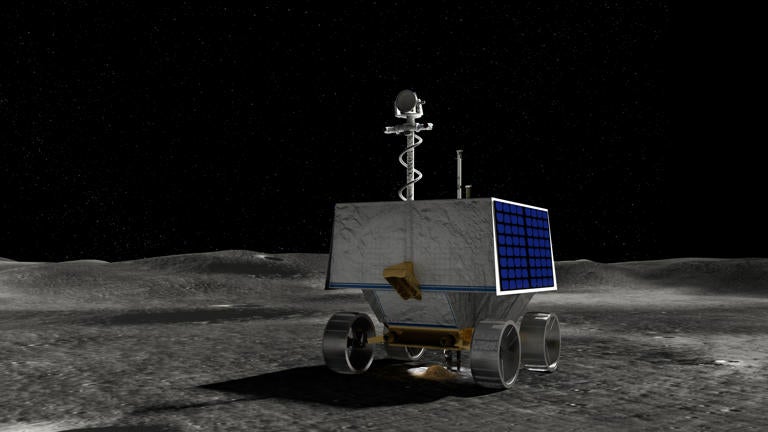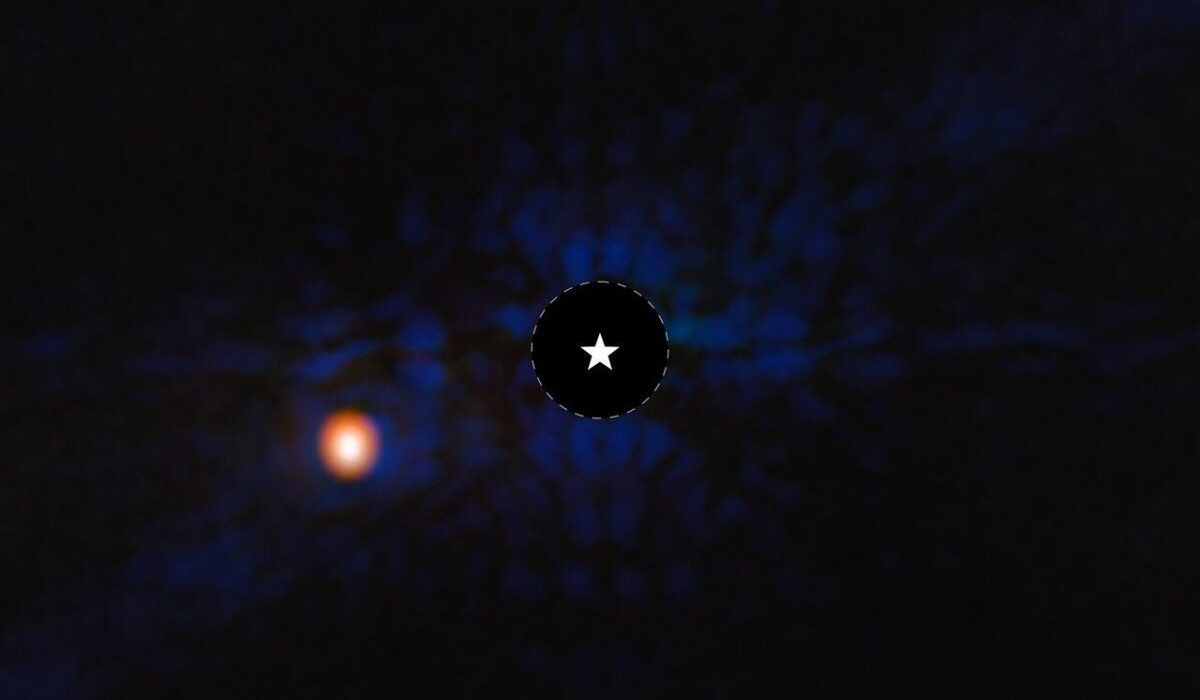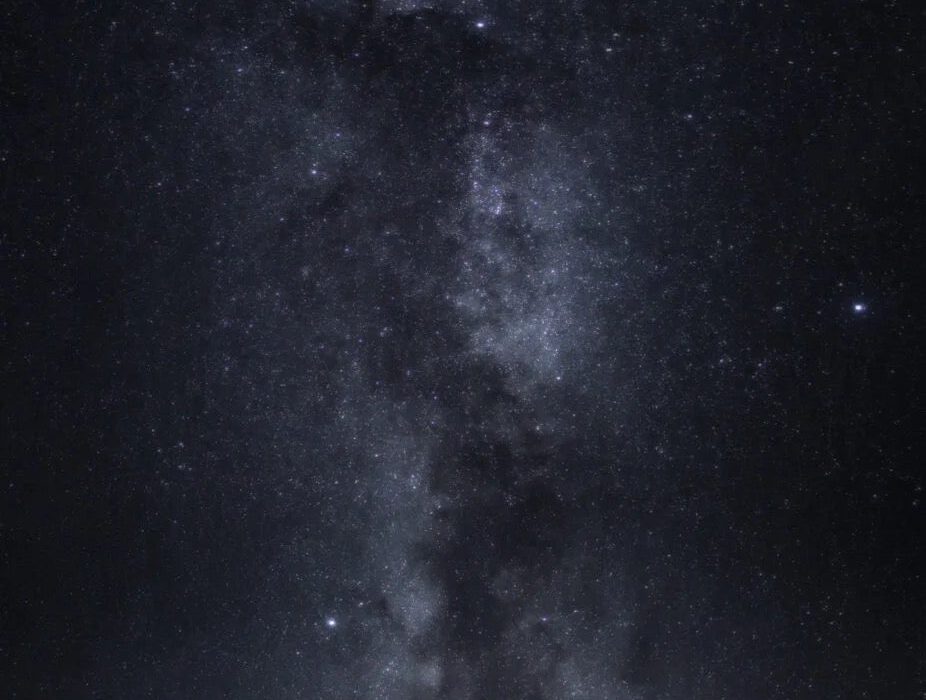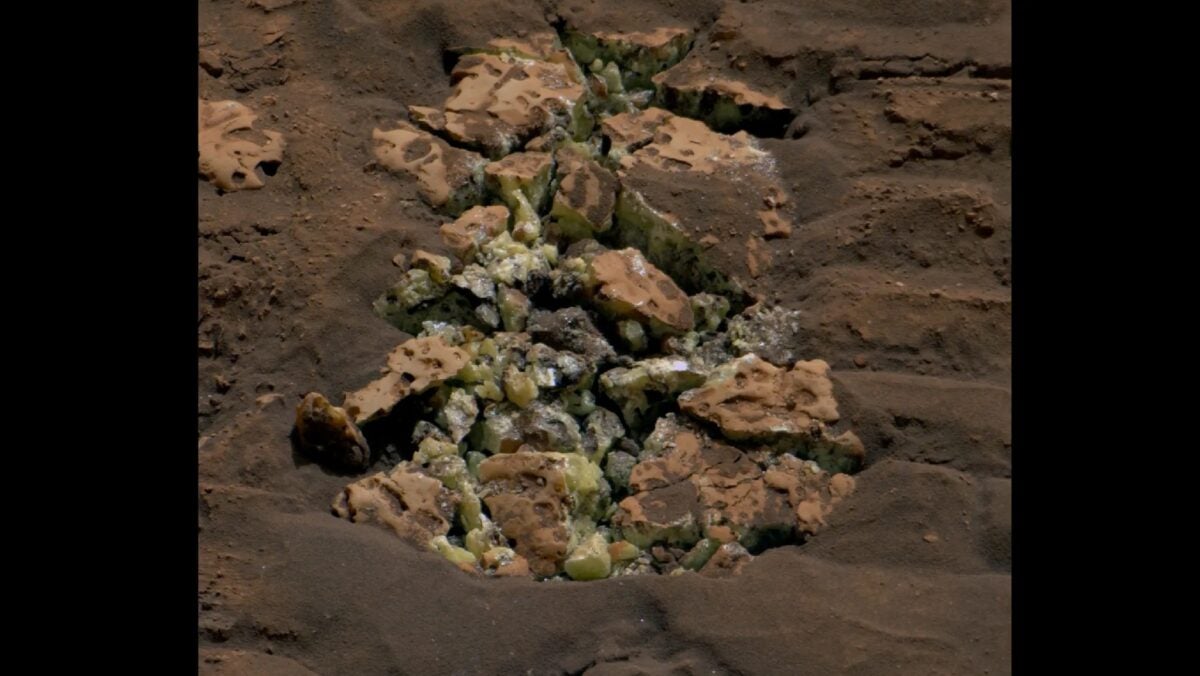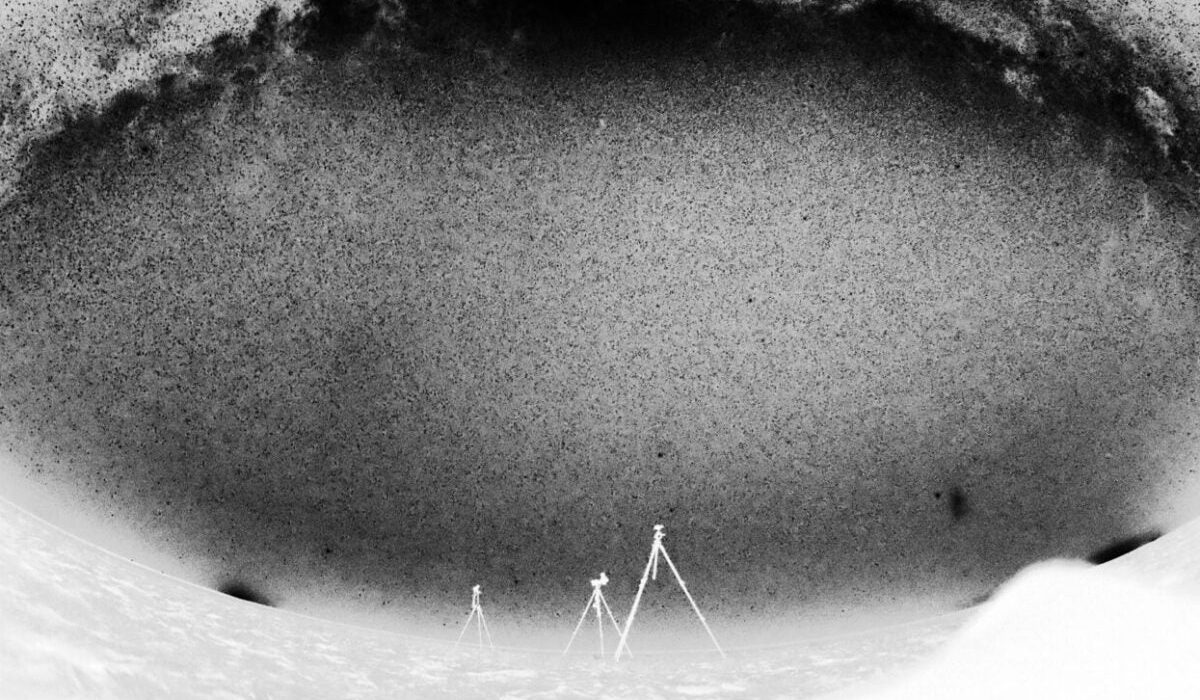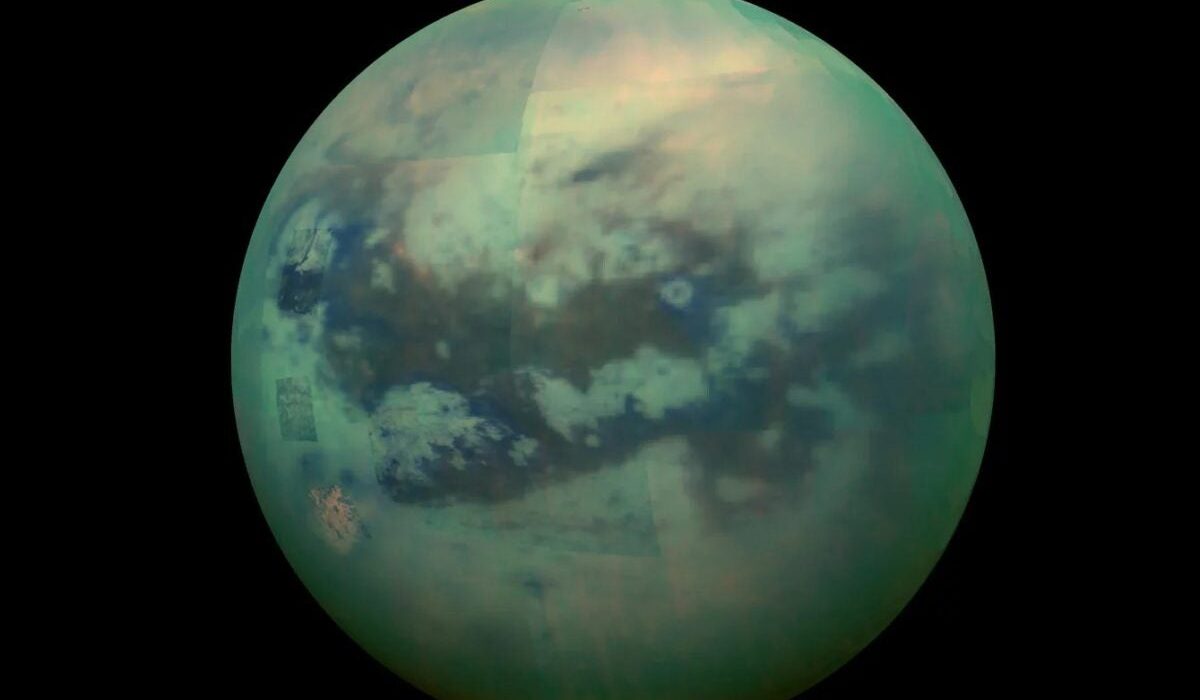How China's Chang'e 6 mission captured the first samples from the far side of the Moon
Back to list of articles The robotic mission marks a historic first for China and could help unravel the mysteries of the Moon's formation. The Chang'e 6 lander sits on the Moon in this image taken by the Jinchan mini-rover. Credit: CNSA On June 25, 2024, China’s Chang’e 6 mission came to an end when








